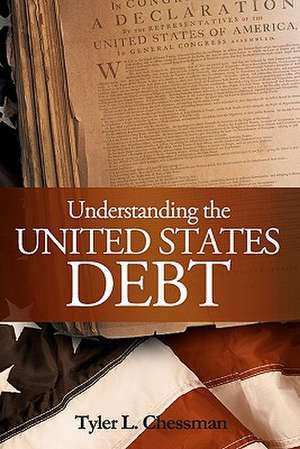Understanding the United States Debt
Autor Tyler L. Chessmanen Limba Engleză Paperback
Preț: 68.28 lei
Nou
Puncte Express: 102
Preț estimativ în valută:
13.07€ • 14.20$ • 10.99£
13.07€ • 14.20$ • 10.99£
Carte disponibilă
Livrare economică 31 martie-14 aprilie
Preluare comenzi: 021 569.72.76
Specificații
ISBN-13: 9781453835760
ISBN-10: 1453835768
Pagini: 134
Dimensiuni: 152 x 229 x 8 mm
Greutate: 0.2 kg
Editura: CREATESPACE
ISBN-10: 1453835768
Pagini: 134
Dimensiuni: 152 x 229 x 8 mm
Greutate: 0.2 kg
Editura: CREATESPACE
